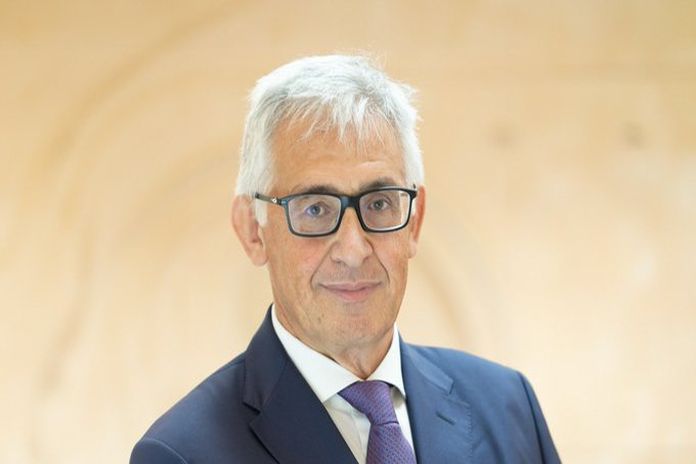For the last quarter of a century, the euro has been a key global currency, second only to the dollar. It has demonstrated its resilience despite the coronavirus pandemic, Russia’s war in Ukraine and the tragic conflict in the Middle East. The euro’s estimated share of international currency use stands at over 19 per cent, a level that has remained broadly stable over the past five years.
Nevertheless, the currency’s place on the global stage cannot be taken for granted, as a recent report by the European Central Bank on the international role of the euro shows. More reforms are needed.
China’s increasingly large role in global trade is encouraging use of its currency. By 2023, the renminbi’s share of China’s trade invoicing had risen to around one-quarter for goods and one-third for services. It is racing with the euro to become the second most used currency for trade finance.
History shows that the evolution of global currencies is deeply intertwined with that of the global geopolitical order. In an increasingly multipolar world, there are signs that the fragmentation of the global monetary system is no longer a remote possibility. To diversify and protect against geopolitical risks, central banks – led by China’s – are accumulating gold at the fastest pace seen since the second world war. And anecdotal evidence suggests that some countries are exploring ways of using their own currencies more in international trade transactions instead of those of countries sanctioning Russia.
Yet nowhere else are the risks of global monetary system fragmentation more visible than in international payments. At a time when we should be integrating payment systems to reduce their complexity and cost to users, some nations are deliberately creating separate platforms as alternatives to existing global infrastructures.
For example, China, Iran and Russia have created their own cross-border payment messaging systems, while BRICS members have started to discuss a “bridge” platform for linking digital payments and settlement. These developments could potentially disrupt the smooth flow of capital and reduce the efficiency of the global financial system.
Given these shifts, there are compelling economic and political reasons for seeking to preserve the euro’s global currency status. This status brings tangible benefits to European citizens, such as low borrowing costs in international capital markets and protection from exchange rate volatility. Moreover, in a fragmented geopolitical landscape, the euro’s international currency status provides strategic autonomy by shielding Europeans from external financial pressures.
Internally, the euro’s appeal to foreign investors hinges on maintaining confidence in its stability, supported by well-anchored expectations of price stability and sound economic policies. And its appeal depends on the size and liquidity of the market for safe euro-denominated debt securities and the resilience of the underlying market infrastructures, particularly as a haven in times of stress. A majority of official reserve managers have expressed an interest in increasing their euro holdings but note that the currency’s attractiveness is hampered by a lack of highly-rated assets and centrally-issued debt.
So building a stable, technically resilient, and deeper market for internationally accepted euro debt securities is essential. To be a reliable haven in times of stress, this market could be supported by a robust and flexible supply of common instruments. Providing a broader pool of euro-denominated safe assets, which would act as a European risk-free benchmark, would also be crucial to deepening euro-denominated capital markets. That is why building a genuine European capital markets union must go hand in hand with efforts to further strengthen the fiscal dimension of the EU economic and monetary union.
Externally, Europe needs to further develop the infrastructure for making cross-border payments in euro with key partners. This could, for example, involve interlinking the euro area’s Target Instant Payment Settlement system with fast payment systems in other jurisdictions, either through bilateral links or by connecting to a common, multilateral platform. Such steps could strengthen the trade and financial relations with key partners, including emerging economies, especially where legislation on combatting money laundering and terrorist financing is fully aligned with the international standards established by the Financial Action Task Force. They could also pave the way for central bank digital currencies to be used to make cross-border payments in the future.
Robert Mundell – the late international economist whose Nobel Prize-winning work was so influential for the creation of Europe’s single currency – once said of the euro: “In all the aspects in which it was expected economically to make an improvement, it has performed spectacularly.” By bolstering safety, liquidity and connectivity, we can ensure that the euro continues to strengthen as a cornerstone of the global monetary system.





